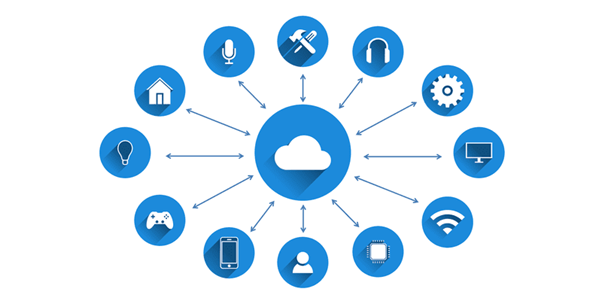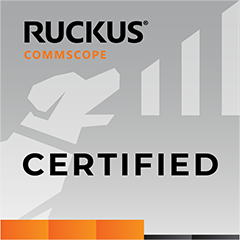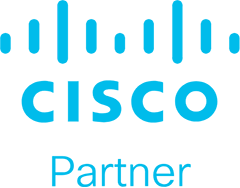What is an IoT you may ask? IoT stands for “internet of things”. It is a network made up of all devices, not just traditional PCs that are connected to the internet. These devices can send or receive data and store information. You may think this is just smartphones and tablets but if you consider modern devices such as smart bulbs, wi-fi enabled refrigerators and smart speakers such as Amazon Echo and Google Dot.

IoTs allow consumers to interact with the global network without the limitations of having a PC to hand. The plethora of internet-enabled devices creates a complex network with a host of data available to consumers and companies to utilise. Data can be used to track demographics interests and preferences to adjust client communications to increase the chances of an opportunity converting to a sale. Additionally, there are various physical applications of IoTs including sensors throughout factories to track production rates and manufacturing targets, this allows companies to adjust their production process to meet the demands of their desired market using real-time, readily available data.
As of 2020, there are over 50 million internet-enabled devices and this number is steadily increasing. It is estimated that these devices will generate 13 trillion gigabytes of data every year. This number has rapidly risen as internet-enabled devices recorded only 100 billion gigabytes of data in 2013.
So the big question is, how do IoT’s work? Data is wirelessly transmitted from wi-fi enabled devices to a gathering point such as the cloud. The data is then processed in a way relevant to the data’s intended use, instructions are then returned to the original devices based on the data analysis.
This technology can be used to develop ‘smart cities’, trials have been conducted throughout the UK to research the applications of the technology and aid the nationwide adoption of an IoT network.
It will be interesting to see how technology develops to increase the use of IoTs throughout the UK and globally. UCS Technologies will certainly be keeping up to date with its development to see how it may benefit past, present and future clients throughout a variety of sectors including education, health and commercial settings.









